The epic tales of Laurel Canyon’s heyday continues to linger like the warm smell of colitas rising up through the air… It’s here that the SoCal sound was born out of an era of relaxed morals, folks expanding their mental horizons (drugs), and a wave of eclectic misfits coming from all over to launch, reinvent, or escape their musical careers (rock ‘n’ roll) in this sleepy, smoky, winding hippy enclave. And the women, Mama Cass & Joni Mitchell, were the (wise and worldly beyond their years) matriarchs watching over over this peaceful, easy-feeling, community headquartered on Lookout Mountain. Henry Diltz was a friend and photographer to many in the scene those days, and his visual record and memories of these times is priceless.
“When I first came out to L.A. [in 1968], my friend Joel Bernstein found an old book in a flea market that said, ‘Ask anyone in America where the craziest people live and they’ll tell you California. Ask anyone in California where the craziest people live and they’ll say Los Angeles. Ask anyone in Los Angeles where the craziest people live and they’ll tell you Hollywood. Ask anyone in Hollywood where the craziest people live and they’ll say Laurel Canyon. And ask anyone in Laurel Canyon where the craziest people live and they’ll say Lookout Mountain.’ So I bought a house on Lookout Mountain.” —Joni Mitchell
“Joni Mitchell was quite a true artist: deeply creative, very thoughtful. A lot of art is imitation but for Joni it was original, from her heart. She was really a poet, and she was a painter before she made music. She was lots of fun to photograph because she spoke so brilliantly about everything. It was fun to hang out with her and listen to her talk about whatever was on her mind. She’s a grand lady now, she holds forth if there’s anybody nearby to listen. You’d see her at a party with a whole bunch of young people sitting at her feet listening to her hold forth about religion, art, the generations, life, everything.” photo by © Henry Diltz
.
“David Crosby came to see Joni Mitchell at the Gaslight South, in Florida. ‘Right away I thought I’d been hit by a hand grenade,’ he later said. There was something about the way Mitchell combined naked purity with artful sophistication that shocked Crosby – the sense of a young woman who had seen too much too soon. He set Joni in his sights, bedding her that week. The affair was never likely to last. ‘These were two very willful people. Neither was going to cave in. I remember being at Joni’s old apartment in Chelsea in New York and I heard this commotion on the street. And it was Crosby and Joni screaming at each other on the corner. It gave me a real sense of the volatility of their relationship,’ recalled Joel Bernstein. The volatility did not obscure David’s deep admiration for Joni’s talent, nor his awareness of the obstacles she and Elliot were encountering. ‘Everything about Joni was unique and original, but we couldn’t get a deal,’ said Elliott Roberts, who took tapes to Columbia, RCA and other majors. ‘The folk period had died, so she was totally against the grain. Everyone wanted a copy of the tape for, like, their wives, but no one would sign her.’ A demo session was green-lighted on condition that David Crosby produce it. ‘David was very enthusiastic about the music,’ Joni says. ‘He was twinkly about it. His instincts were correct: he was going to protect the music and pretend to produce me.’” via
.
“The sessions that eventually became Joni Mitchell could not have been more auspicious. Recording at Sunset Sound, Mitchell and Crosby kept things stripped and simple: in the main just Joni, her guitar, and such well-worked songs as ‘Marcie’ and ‘I Had a King’. The two had now officially split up. ‘They each described to me crying at the other through the glass in the studio,’ says Bernstein. Sitting in on occasional guitar and bass was Stephen Stills, who was across the hall with his group Buffalo Springfield. His bandmate, the dark and brooding Neil Young, was known to Mitchell from her apprenticeship on the Canadian folk circuit. Sharing a uniquely dry Canuck humour, Young and Mitchell had an easy rapport.” via
.
“That was the day (Feb. 1968) ‘Mama’ Cass had her backyard picnic for Eric Clapton, because he didn’t know anybody. I met Eric that day, and Joni Mitchell that day. Mama invited David Crosby up, thinking that he and Eric were both musicians and they’d relate to one another. She was playing the earth mother again. We used to call Mama Cass the Gertrude Stein of Laurel Canyon because she would get people together – she introduced Graham Nash to David Crosby and Stephen Stills. Crosby brought this young girl he’d just discovered – Joni Mitchell. She sat on the grass playing her guitar and Clapton sat there mesmerized with her playing. Joni Mitchell played differently, she tuned her guitar to a chord, and Eric Clapton had never seen that before.” Photo by © Henry Diltz
.
“Eric Clapton sat spellbound on the lawn as Joni cooed ‘Urge For Going’, a song inspired by the death of the folk movement. Crosby was at her side, a joint in his mouth and a Cheshire-cat smile of satisfaction on his face. ‘Mama Cass organized a little backyard barbecue, because she’d met Cream she invited Clapton, who was very quiet and almost painfully shy. And Joni Mitchell was there and doing her famous open tunings, and Eric sat and stared at her hands to try and figure out what she was doing. Cass’s daughter Owen is sitting in the foreground.” Photo by © Henry Diltz. via
.
Mama Cass Elliot on her red 1968 Norton Commando motorcycle. “That’s ‘Mama’ Cass with her daughter Owen. When I started taking photographs, they all started saying ‘oh I need a publicity photo, or a poster, or a record cover’. And my hobby turned into a kind of job – but it was always really a fun thing. I was photographing all day long – flowers and dogs and cats, pretty girls, old pickup trucks. It was just good when taking photos could pay for itself.” Photo by © Henry Diltz
.
Crosby, Stills and Nash, Los Angeles, CA, 1969. “”The famous First Album of CSN sitting on the couch in Downtown LA. What most people don’t know is that the house was torn down a few days later so the band could never to retake this photograph sitting in their (proper) group name order.” Photo by © Henry Diltz
.
“Errant Byrd David Crosby and former Buffalo Springfield guitarist Stephen Stills were brought together in 1968 by Mama Cass Elliot. Graham Nash listened to the pair sing You Don’t Have to Cry, asked to hear it again, then on the third performance joined in with his own perfect harmony. The high point of their collaboration came with Déjà Vu, their second album – the sound of California in a way the Beach Boys had been a few years earlier. You could argue the trio never stopped symbolizing the Laurel Canyon scene: their formation spoke of its optimism and talent, their transformation to coked-out, cocooned multimillionaires, unable to contain their own egos long enough to make an album, told you how things had changed. Occasionally participating (he was on Déjà Vu), but always from a distance – the funkier, scruffier neighborhood of Topanga Canyon – the zealously independent Neil Young was the first to call bullshit when he saw things going wrong: the off-key, agonized howl of 1973’s Time Fades Away as perfect a summation of what the hippy dream had become as the songs on Déjà Vu were an expression of what it might have been.” Alexis Petridis via
.
“That was the first moment (1969) I’d ever seen James Taylor. The phone rang one day and it was [British record producer/manager] Peter Asher. And he said ‘Henry, I have this musician here, James Taylor, and we need a publicity picture’. So I went to the Peter’s house, and he opened the door and there was James, sitting just like that. He was playing a song called Oh Suzanah, fingerpicking. It sounded like a music box – as a musician, it blew my mind. I went over and just fell to my knees a little in front of him. And as I listened I started taking pictures. Later that day we went out to my friend Cyrus Faryar’s, who had this place called The Farm, a little commune with little sheds and barns there. And so we went out there to finish the day, taking photos, and one of those became the album cover for Sweet Baby James.” Photo by ©Henry Diltz
.
James Taylor reading a Kool-Aid packet (read: stoned) with Joni Mitchell on the porch of her Lookout Mountain cottage, 1971. Photo by © Joel Berstein. “My dining room looked out over Frank Zappa’s duck pond, and once when my mother was visiting, three naked girls were floating around on a raft in the pond. My mother was horrified by my neighborhood. In the upper hills the Buffalo Springfield were playing, and in the afternoon there was just a cacophony of young bands rehearsing. At night it was quiet except for cats and mockingbirds. It had a smell of eucalyptus, and in the spring, which was the rainy season then, a lot of wildflowers would spring up. Laurel Canyon had a wonderful distinctive smell to it.” ~ Joni Mitchell
.
2401 Laurel Canyon Boulevard – Today it’s a grassy field (after having burnt to the ground in 1981) but in the late 1960s it was the site of Frank Zappa’s famous log cabin. The rustic home, built originally by Hollywood cowboy star Tom Mix, is where Zappa called home in 1968. It was also a veritable revolving door of rock and roll history. Zappa held all-night bacchanals with groupies such as the GTOs (Girls Together Outrageously) and Pamela Des Barres, once threw Mick Jagger out of his house for being an obnoxious drunk, Alice Cooper auditioned for Zappa’s record label there and got himself signed, and Mama Cass introduced Graham Nash to David Crosby and Stephen Stills there too. via
.
Canyon Country Store, ca. 1970. The Laurel Canyon Lizard King, Jim Morrison himself, lived right near the store with his girlfriend Pamela Courson in a cozy 3 bedroom bungalow built in 1922 on Rothdell Trail. Morrison referenced their pad in “Love Street” and the Canyon Country Store as, “the place where the creatures meet.”
.
“Elliot, David, and I migrated from New York to Los Angeles. David was my agent; Elliot was my manager. I bought this little house, and David Crosby chided me for it; he said I should have looked around. But I liked that house. The hill behind my house was full of little artificial man-made caves. The house was charming. I paid $36,000 for it, but I paid it off. I probably paid more for it because I paid it off. It had a fireplace and it was mysteriously protected by a force. My neighbors, who were six feet from my house, were junkies; I was out of town and came back and their house had burned down to the ground.” ~ Joni Mitchell | Photo by ©Henry Diltz
.
“This was going to be for Jackson Browne’s ‘Late for the Sky’ album, but it wasn’t in the end. The car was an old ’55 Chevy. The feet you can see pressed against the window are the girl’s who owned the car. That car was originally a present to Jackson from Glenn Frey of the Eagles. Jackson in turn gave it to an old girlfriend. We had to borrow the car for the afternoon and she was laying down in the back seat – you can see her feet.” Photo by © Henry Diltz
.
A young Linda Rondstadt photographed by Henry Diltz in front of her Santa Monica home. The Eagles owe a lot to Rondstadt, as their original line-up of Glenn Frey, Don Henley, Randy Meisner, and Bernie Leadon were first assembled as her backing band. Linda was generous enough to let Glenn take the mike on tour and sing lead on one of his own original songs. That ultimately lead to the birth of The Eagles. Glenn and Don decided they wanted to leave and form their own band. She was good to them, and they parted ways with no ill will, so the story goes. Frey and Henley always seemed to quickly move along to the next stepping stone, leaving sentimentality as a vehicle for their songs, not their lives.
.
“It’s no secret that when they came together they were Glenn’s band, although Don could sing anything he wrapped his voice around. We used to call Don ‘The Secret Weapon’ because he sat back there behind all those drums with his big fuzzy hair. It wasn’t that obvious, but that insanely beautiful voice, like 400 grain sandpaper, rough but fine, was incredible to hear– even if you didn’t know where it was coming from. Glenn was a great natural country singer, and a pretty good guitar player. He brought that R&B sensibility to the table with him, and kind of learned country along the way. And brilliantly. As for Randy, he was a very important component as well. It would never have been the same band without him. His singing on the high end is unlike any other sound. He also defined a style of songwriter-rooted bass playing, not unlike Paul McCartney. He always managed to make a nice melody underneath what the others were doing. And he could play light, with the tips of his fingers. The only other person I heard do that was Stephen Stills. And Bernie was one of the best and most overlooked guitar players around. All those great opening guitar riffs, in the beginning, came from Bernie. The great, grand opening of ‘Take it Easy,’ that’s Bernie Leadon. It was the combination that worked beautifully. Someone from East Texas, a guy from Detroit, another from the Central Plains. and one from Florida. There was nothing Southern California about that band. They were an all-American rock and roll outfit.” J.D. Souther
.
August 1973– Glenn Frey of The Eagles and a record promoter dude named Paul Ahern (buddies and roommates at the infamous “Kirkwood Casino and Health Club,” a named bestowed on their non-stop party pad ), sitting on the hood of Frey’s 1955 Chevrolet Bel Air. The Eagles were the most popular band of the 1970s largely thanks to Ahern, a promoter for their record company who relentlessly and effectively pounded key radio stations in the major markets across the country getting them to play Eagles’ singles over and over and over and over. — Image by © Henry Diltz
.
I personally don’t have a lot to say about The Eagles. They always felt more “catchy” than sincere, if that makes sense. More about getting drunk, laid, and rich (which isn’t all bad), over artistic merit. But they were musically sound and highly proficient at cranking out radio hits based on Glenn Frey’s clever lyrics. Don Henley always had a better voice, and a drummer who was able to lead a band, so he’s pretty solid in that regard. Joe Walsh definitely gave the band character, rock ‘n’ roll legitimacy, and a much needed set of balls. I will say this for The Eagles– as a kid the lyrics were mesmerizing, laying out a storyline that deftly painted a picture in your head. I was a big fan of ‘storytelling songs’ back then– like Jim Croce, Three Dog Night, Johnny Cash, etc., and The Eagles had strong game. Do I own any of their music, or crave an Eagles fix ever? Not really, I feel like it’s in my head whenever (if ever) I need it. I’ve heard enough Eagles’ tunes to last several lifetimes. The Eagles didn’t want to blend into a SoCal scene, or any scene. Their sole ambition was always to achieve commercial success. To be a machine. The Eagles feel like oddballs in this lineup, and the end to that Laurel Canyon music era. While Joni Mitchell and CSN represent personal craft perfected on vinyl, The Eagles were the 8-track player in your shiny new hatchback Mercury Bobcat. Both good, just very different.

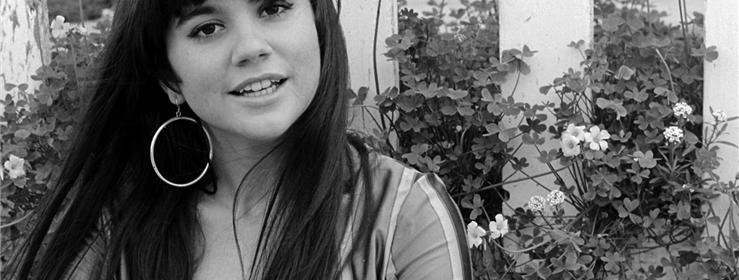
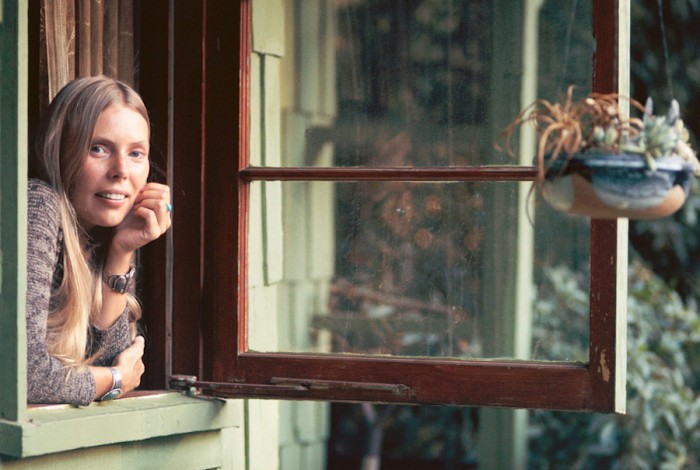

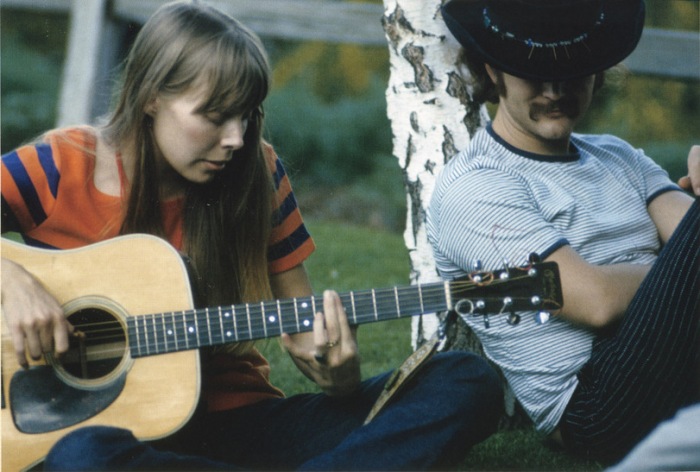



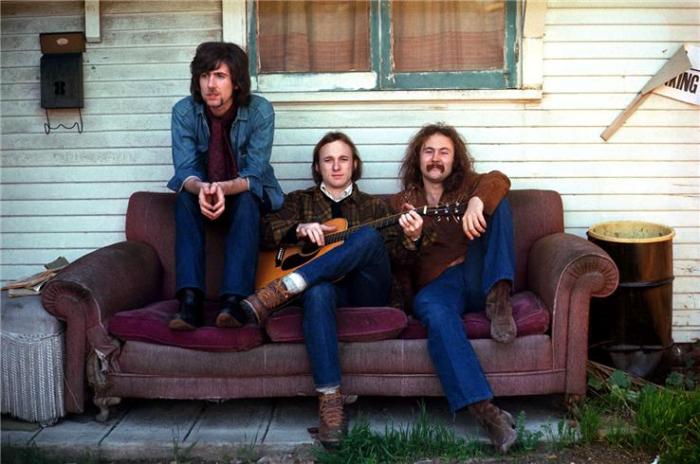
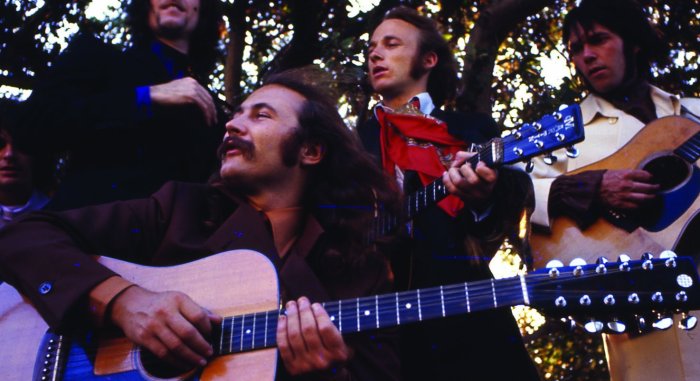
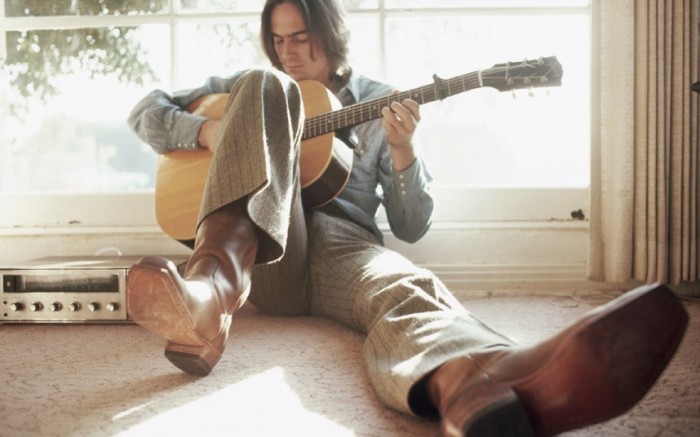

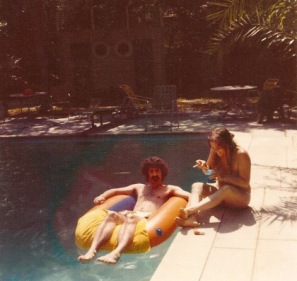

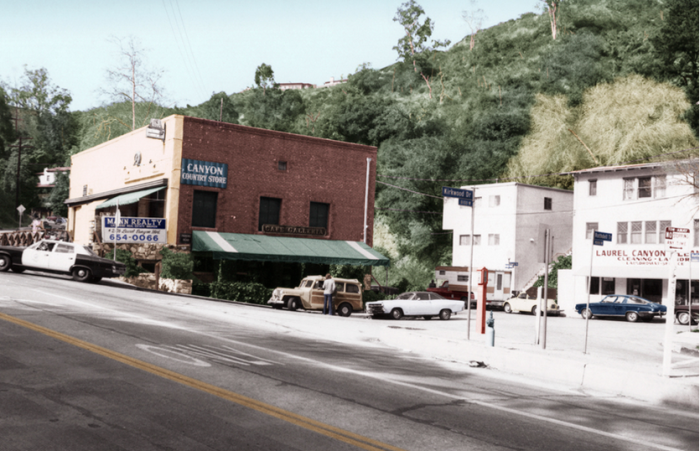


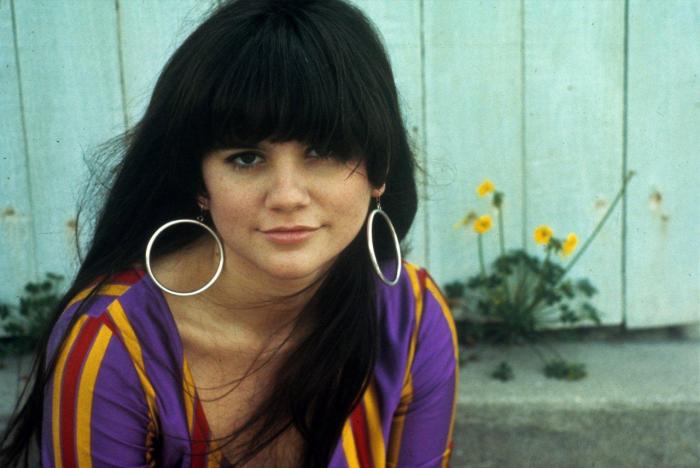

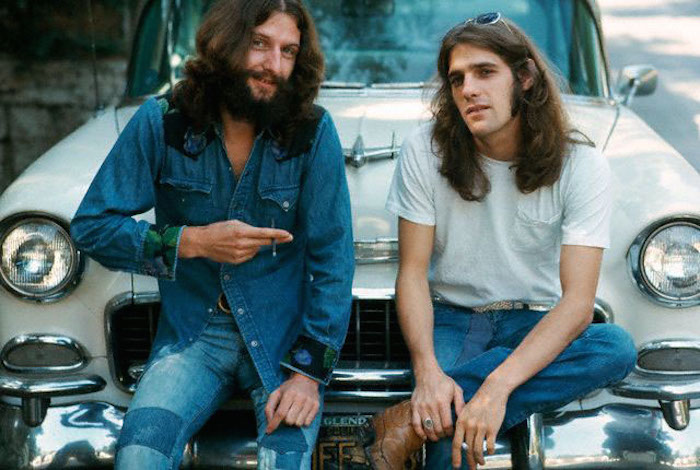


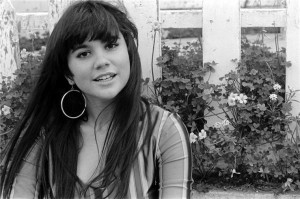
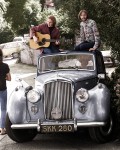

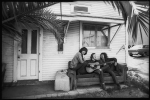

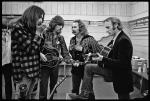


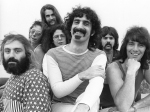
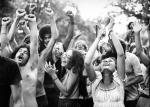
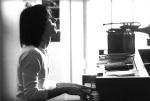

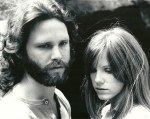
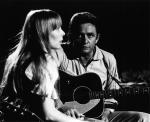
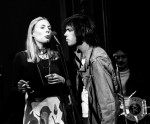

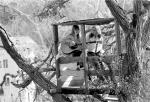
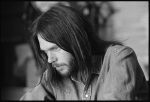




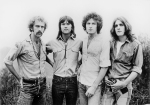
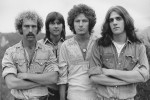
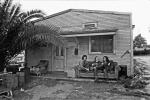

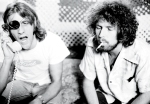



Goosebumps and sick stomach all at the same time. Great article of a time we thought would last forever.
AWESOME Pics ! Thankyou for sharing…. As far as your feelings about the Eagle’s,I bet if you’ve made any money from taking their pics,,THEN you didn’t have a problem………
Hey. The guy has the right to have his personal view and opinion on their behavior. After all, it sounds like he witnessed it all ‘first hand.’
As far as you know, he could Love the Eagles and possess all of their Box Sets and t-shirts from every tour.
None of that has anything at all to do with how they behaved.
They themselves will tell you all about their hedonism and crazy tours.
They had a club where they’d bring all the Lovely ones up front.
And a chain saw is by no means a musical instrument (and I know! I AM a musician!).
You ever heard the stories (from the band themselves) about Def Leppard and the young women that would be escorted to an area under the stage and instructed to disrobe?
And they’d come in and treat it like it was grocery shopping.
As immoral as it is, it doesn’t mean that they didn’t sell a gazillion records.
And with regard to the Eagles, you’re talking “a billion dollar organization.”
As much as I Love the Eagles, I still have the good reasoning to realize that their music- and their behavior are (by far) two different things.
I can’t tell you how much I dislike their (Henley & Frey) disrespect and dismissal of Don Felder.
They cheated him, they kept info from him and then they fired him for THEIR misgivings.
They were equal partners and they shorted him. Dude wrote “Hotel!”
C’mon. How much money could you make before it’s enough.
Beyond the Eagles, I Love Henley’s music. But beyond the music, I cannot get over his actions.
Trash his women fans. Trash his partners. And then trash the Press for being mean to him.
What about HIM???
When Glenn passed, Henley said “Without Glenn Frey, there would be no Eagles and there would be no Don Henley. The Eagles are no more.”
I would have bet money (which seems to be more motivation to him than even the music) that they would tour enough.
And then?
Sure enough-
Money talks.
People have opinions, sir. Even you.
Let them have them.
That article is chocked full of thoughtful, insightful, and physical witnessing of events and even the individual’s personalities.
That’s priceless.
And you want to focus on the fact that he was honest enough with his own opinions about not liking how the Eagles behaved?
Anybody who ever strapped on a guitar was looking for Love and fame.
So were they.
I have all the music, the books and photographs of this time period, and though I lived far, far away from where it all happened, it’s all burned into my brain and branded on my soul. It’s a frame of mind, an attitude, a mood from a time and space, a magic place that will never exist again but thanks to the artifacts left behind and the music that breathes the aura and magic of this era, it will never die, and to those of us who were lucky enough to have sampled and experienced an original moment of this now mythical time, it will be with us forever and always be an echo, a whisper in our mind, a sense of magic that will never grow old as long as we continue to believe, to listen to the music of Laurel Canyon, a mirror of the original garden of paradise.
Know anything about the writers, such as Tom McGuane, who hung out in this scene? Maybe Jim Harrison?
No matter where people lived in 1968, they were impacted by the mold set in Southern California. Maybe it was some small- town farm kids in central Illinois who grew bell bottoms and bought black light posters and listened to Steve Miller’s music while burning incense bought at local headshops.
It was sort of a mind control media-led propaganda through mass marketing of “things” such as glass pipes or paisley printed fashion wear that imprinted upon people who were considered anti-establishment and “the draft” kept politicians well supplied with conscripts to fight a war far away in the jungles of Asia where soldiers basically fought just to survive a 2-year stint. 54,000 never made it home.
This was perfect fodder for CSN&Y and a generation of “misfits”‘who had enough of political lies which set the stage for Woodstock.
There would never be another time like this. Maybe, earlier in the 20s when our grandparents were in their youth, they witnessed the liquor embargoes and the gala gatherings in private homes where whiskey was passed around because it was quarantined by the government.
So now the musical i one are dying daily and young people have no identification or a sense of belonging. But just a tinge of nostalgia may be surfacing with Bernie Sanders. It’s like George McGovern rising from the dead saying, “Don’t trust these S.O.Bs.”.
Those last comments about the Eagles don’t sound like Henry Diltz and are probably from Jon Patrick. Some of the best comments about the Laurel Canyon set come in the BBC doc, “Hotel California: L.A. Music From the Byrds to the Eagles.” The entire film is about the transformation from the hippie dream to candid reality, but one of CSN(Y)’s crew from the 1974 stadium tour observed something on the order of “Here these guys are supposed to be all about the environment and such, yet they each had a limo idling 24 hours a day waiting for them.” Among the reasons some people hate the Eagles (not just because the Dude told them to) is because they were honest about wanting to be successful. Chris Hillman and a few others are honest when they say, the Eagles only did what the rest of them were trying to do but didn’t have the full-spectrum chops to pull off. Crosby, Stills, and other self-styled “non-commercial, non-corporate” Eagle-hating musicians just come across as jealous and bitter.